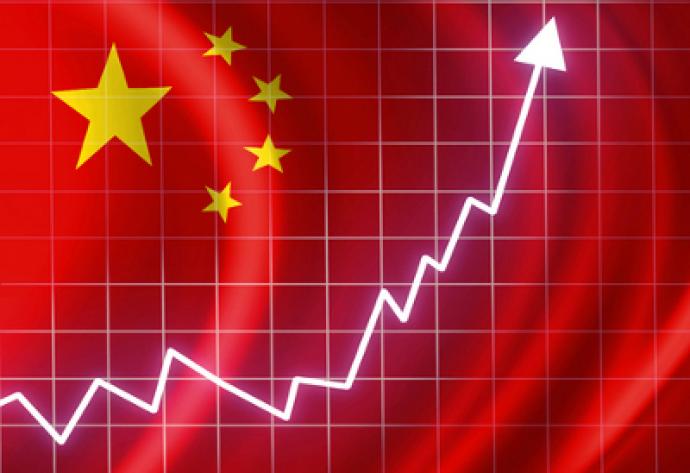The Impact of China’s Economic Shifts
By on Apr 1, 2014
 comments powered by Disqus
comments powered by Disqus
Mark Millar explores how shifts in the Chinese economy are causing international companies to rethink their opportunities within the Chinese consumer market and why migrant workers are moving back inland

The region’s largest market, China, is experiencing shifts in its economy. International companies initially came to China to capitalise on an abundant supply of low-cost labour and incentives to establish operations in Special Economic Zones. In addition, they are now just as interested in the opportunity to sell products to the huge and rapidly expanding Chinese consumer market. As the Economist noted, “Foreign firms that came for the workers will stay for the shoppers.”
Migrant workers, who moved to the coastal areas to work in the factories, are increasingly returning to their provinces as more work becomes available inland. As they do, the lower cost of living in rural areas results in greater spending power, driving domestic consumption in third- and fourth-tier cities.
For consumer goods companies, the logistics emphasis is just as much on distributing goods throughout the domestic Chinese market, as it is on transporting products from factories to coastal ports for ocean freight exports to the EU and the US. Increasingly, these rapidly expanding consumer markets are being established and opened up around the Asia region, notably in India, Vietnam and Indonesia.
Alternative Production Locations
As businesses pursue their China-plus-one strategies – usually seeking additional, rather then purely alternative low cost manufacturing sources - there are several options to explore – particularly India, Vietnam and Indonesia. But each alternative option has its own supply chain challenges. Companies considering manufacturing in alternative locations should consider the maturity and capability of their chosen market and assess the supply chain challenges they may face, including three critical aspects:
- The regulatory environment, including bureaucracy and administrative overheads, and its implications—for example, India’s state-level tax system often leads to operating multiple distribution centres across different states.
- Infrastructure – in many Asian markets the transportation infrastructure is underdeveloped which can lead to damage and delays resulting in costly inefficiencies in the supply chain.
- Talent shortages—more than 70 per cent of businesses are now affected by the industry’s ongoing skills shortage, according to the Logistics Executive 2012 Employment Market Survey Report.
Critical components for successfully navigating the complex landscape in The Asia Era are leveraging the available Knowledge and Networks that will empower effective supply chain ecosystems.
